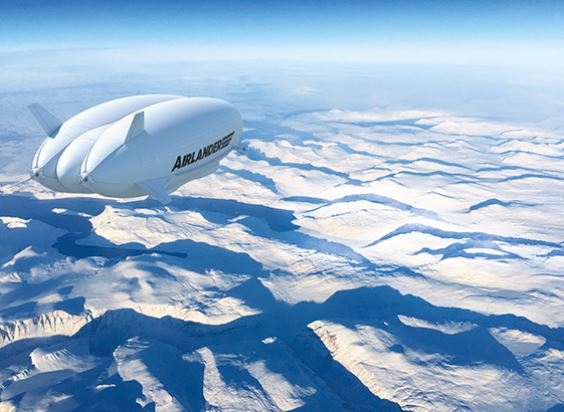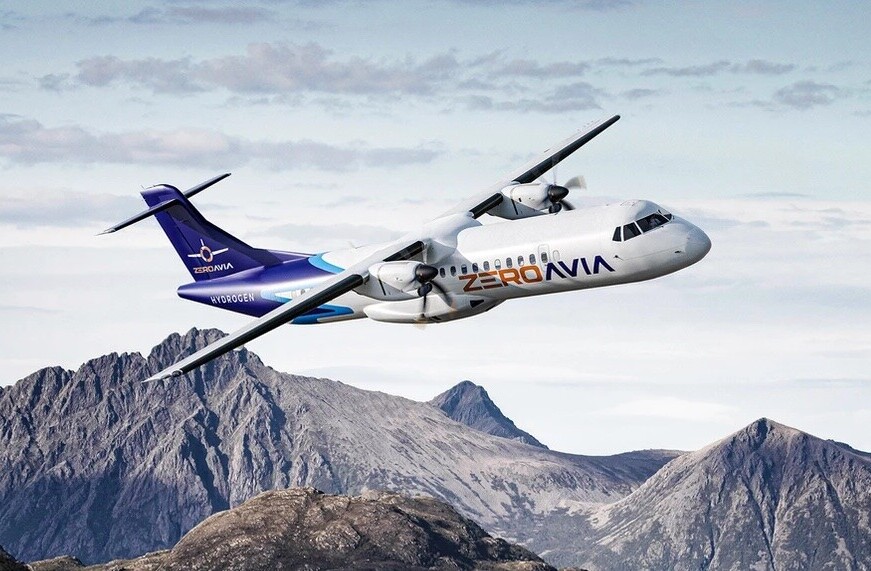After the Hindenburg disaster back in 1937 the era of airships seemed to be over.
But now, the small British company Hybrid Air Vehicles (HAV) has developed a new, eco-friendly commercial airship that promises to significantly reduce air travel CO2 emissions, The Guardian reports.

The Airlander 10 can carry up to 100 passengers and will offer short distance trips between cities such as Liverpool – Belfast, Barcelona – the Balearic Islands, Oslo – Stockholm, and Seattle – Vancouver. Although blimps fly at a lower speed, the company says that the journeys would take roughly the same amount of time as airplane travel. That’s if transportation time to and from airports is taken into consideration.

As per HAV, the Airlander 10 produces up to 75% less CO2 emissions compared to conventional airplanes. That’s thanks to its lighter design, its low flight speed, and its helium filled hull, which primarily keeps the aircraft airborne, thus reducing fuel burn.

What’s more, the company is currently developing electric motors and plans to deliver a hybrid-electric Airlander by 2025. This will provide a 90% reduction on carbon dioxide emissions over conventional forms of travel, while there are plans for a fully electric, zero-emission aircraft by 2030.
Admittedly, this seems like a sustainable option that could offer a viable solution to the climate crisis. According to the Air Transport Action Group (ATAG), aviation is responsible for 12% of CO2 emissions from all transport sources. And if we think about how many flights connect nearby cities, it feels like the big carbon footprint airplanes leave behind is overwhelmingly redundant.
On the downside, airships come with another cost. To actually develop their commercial operation, large amounts of helium would be required.
Unfortunately, though, helium is a non-renewable resource and we’re already running out of it. At the same time, it’s absolutely essential for our lives. Due to its unique properties, helium is vital for many industrial applications, from rocket engine testing to the production of fiber optic cables, but most importantly it supports our medical imaging industry, enabling for instance MRIs.
Therefore, for airships like the Airlander 1o to be truly sustainable, we would need first to find ways either to limit other wasteful uses of the element, or to recycle it effectively.
Do EVs excite your electrons? Do ebikes get your wheels spinning? Do self-driving cars get you all charged up?
Then you need the weekly SHIFT newsletter in your life. Click here to sign up.
Get the TNW newsletter
Get the most important tech news in your inbox each week.





